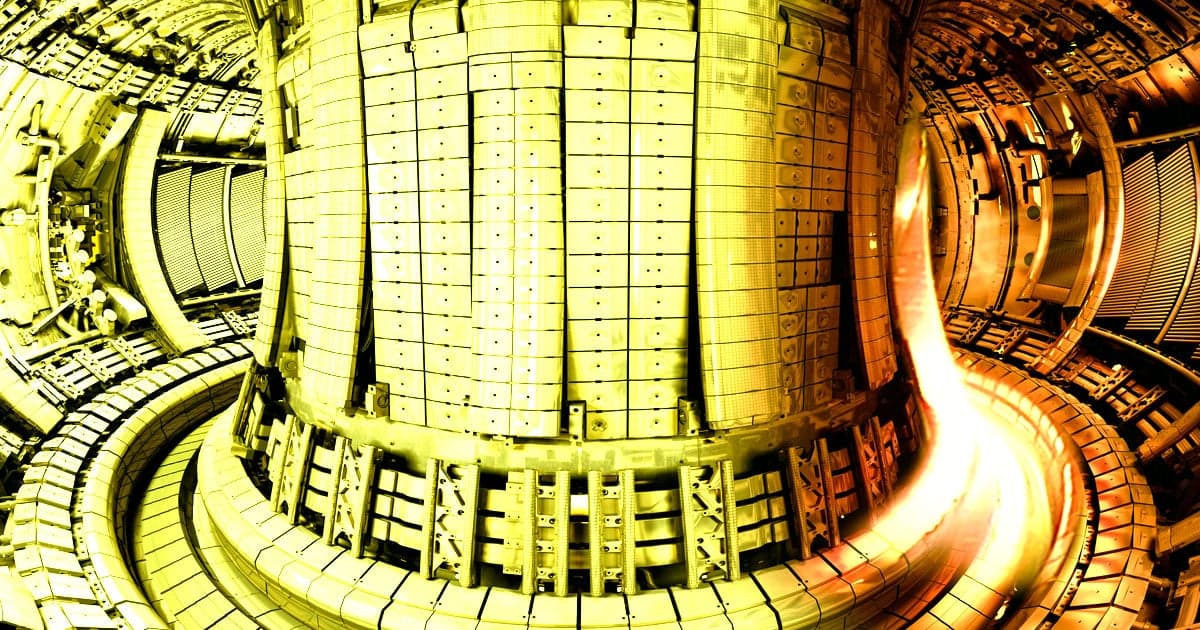Scientists in the United Kingdom claim to have made a significant breakthrough in establishing practical nuclear fusion, hailing the development as a “milestone” on the way to harnessing the power of the stars for cheap and clean energy on Earth.
On Wednesday, the UK Atomic Energy Authority said that the Joint European Torus (JET) facility near Oxford in central England created 59 megajoules of sustained energy during an experiment late last year, more than double its own 1997 world record.
According to a statement from the organization, the December 21 results “are the clearest demonstration worldwide of the potential for fusion energy to deliver safe and sustainable low-carbon energy,” according to a statement from the organization.
The “milestone results” were also lauded by UK Science Minister George Freeman.
“They are evidence that the ground-breaking research and innovation being done here in the UK, and via collaboration with our partners across Europe, is making fusion power a reality,” Freeman said.
Nuclear fusion is the same mechanism that the sun uses to create heat. Supporters hope it might one day help address climate change issues by giving humanity a plentiful, safe, and environmentally friendly energy source.
The achievement in December occurred after decades of testing and fine-tuning at the Culham Centre for Fusion Energy, which houses the JET project.
For its research, the facility employs a tokamak, a doughnut-shaped machine. The JET is the world’s largest and most powerful functioning tokamak machine.

Inside, a small quantity of fuel made up of deuterium and tritium with deuterium “(heavy hydrogen) – is heated to temperatures ten times higher than the sun’s core to generate plasma.
Superconductor electromagnets keep this in place while it spins around, fuses, and emits enormous amounts of energy as heat. The technique is based on the idea that energy may be created by bringing atomic nuclei together to make new elements, rather than dividing them, as with the world’s existing nuclear power plants.
Fusion is intrinsically safe since it cannot start a runaway process and produces almost four million times more energy per kilogram than coal, oil, or gas. Furthermore, it also has no greenhouse emissions and generates practically no trash.
JET’s results show that it is possible to achieve fusion for five seconds, but longer intervals will be required before the process can be used as a traditional power source.
“If we can maintain fusion for five seconds, we can do it for five minutes and then five hours as we scale up our operations in future machines,” said Tony Donne, program manager at EUROfusion, a consortium of national fusion research institutes located in the European Union, Switzerland and Ukraine.

A more powerful version of JET, known as ITER, is presently being built in southern France, and the Oxford data will be critical when it goes online in 2025.
International collaboration on fusion energy has historically been extensive because, unlike nuclear fission, which is employed in existing atomic power plants, the technique produces no radioactive material that may be weaponized.
The megaproject, established in France, involves China, the European Union, India, Japan, Korea, Russia, and the United States.


